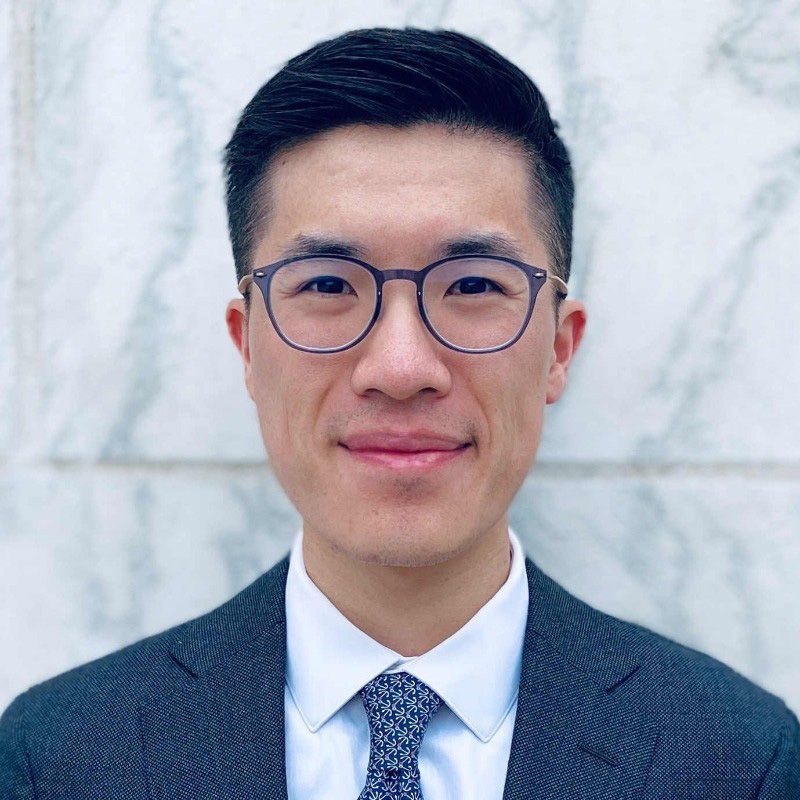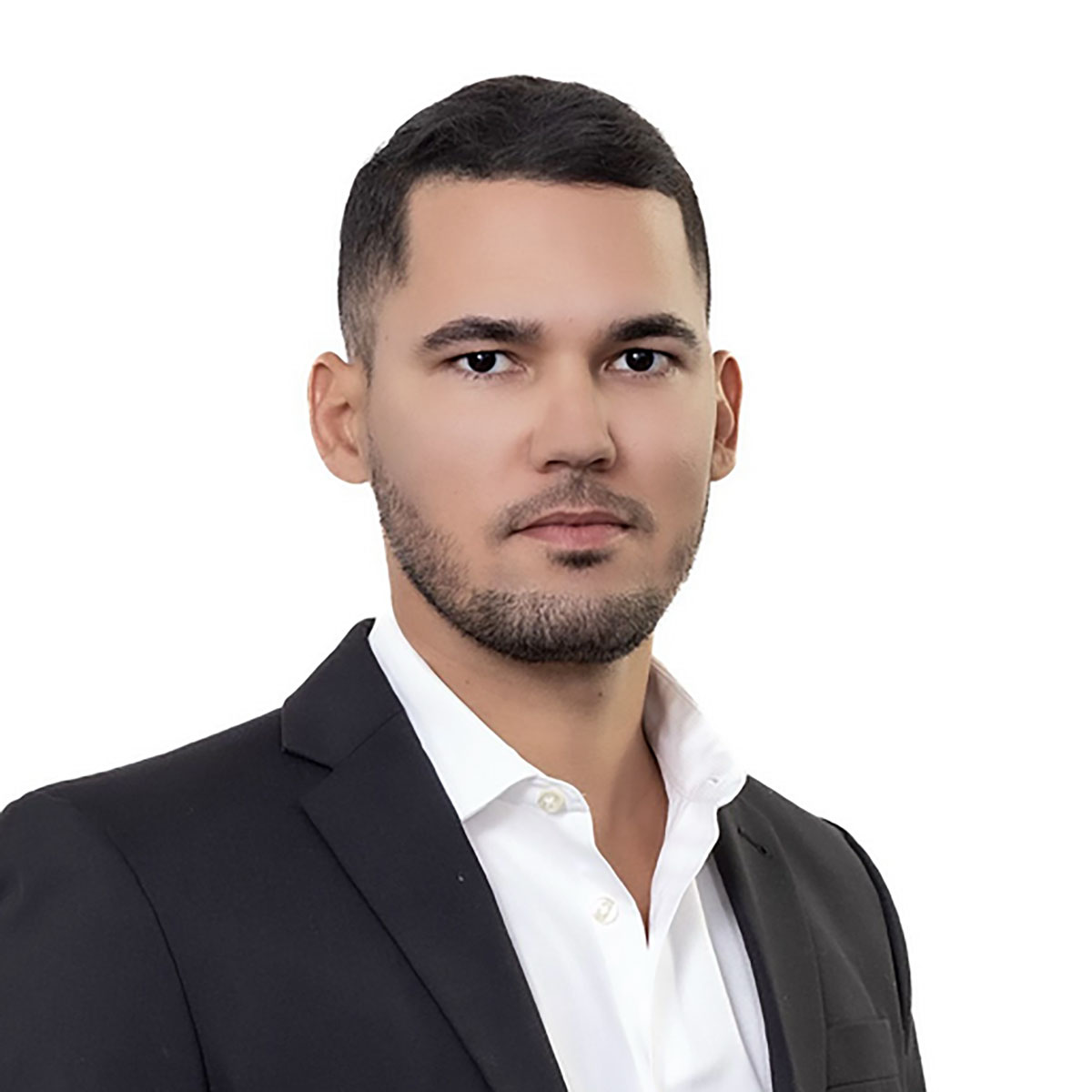Key takeaways
- Turmeric may be beneficial as a topical add-on, particularly for patchy alopecia areata. For pattern hair loss, treat it as supportive, not a cure.
- The “how” matters. Curcumin needs the right vehicle to reach hair follicles. Look for scalp-ready formulas, not pantry pastes.
- Keep expectations realistic. Perform a patch test and use it in conjunction with your doctor’s advice.
Overview
Turmeric is getting attention for hair because its active compound, curcumin, can calm inflammation and protect skin. That matters for scalp health. There is a small human signal in alopecia areata. For pattern hair loss, evidence is still early. Delivery also matters a lot. Curcumin is difficult to absorb through the skin, so smarter topicals may work better than kitchen DIYs.
The reason it doesn’t absorb is that curcumin is highly hydrophobic, meaning it barely dissolves in water. So, it doesn’t spread through watery environments (such as the skin surface, scalp sebum–water mix, or gut fluids) and mostly sits on top instead of moving inward. And the tiny fraction that does get in is quickly broken down and cleared (glucuronidation/sulfation), which keeps bioavailability low. That’s why there is a need for carriers like nanocrystals, micelles, liposomes, or microneedles.
Turmeric’s active compound, curcumin, is drawing interest for scalp health because of its anti-inflammatory and antioxidant actions that may support hair follicle function. Some Curcuma extracts also appear to inhibit 5-alpha-reductase, the enzyme responsible for producing DHT and driving androgenetic alopecia (AGA). That puts turmeric-adjacent actives in a pathway that matters for pattern hair loss, alongside their anti-inflammatory role. Since 2021, a clearer understanding of alopecia areata has emerged, suggesting its autoimmune nature and the role of specific genes. However, evidence for pattern hair loss remains preliminary.
Several studies suggest curcumin-containing topicals can be a reasonable adjunct under dermatologist guidance, especially for patchy AA. In this article, let’s explore what the research says, what works, and what’s just plain hype.
Why hair falls: Hormones, immunity, and triggers
Hair loss is not one thing. Hormonal, genetic, or stress-related factors, or a combination of these, can cause it. Here is the core biology, backed by recent research you can trust.
Androgenetic alopecia (AGA)
Androgenetic alopecia affects both males and females; “androgenetic” refers to the interplay of hormones and genetics, not a condition exclusive to males. In individuals who are sensitive to androgens, testosterone is converted to dihydrotestosterone (DHT) in the scalp by 5-alpha reductase. DHT binds androgen receptors in dermal papilla cells and slowly shrinks follicles. Recent research shows that this is not just a matter of hormones. In a balding scalp, androgen receptor signaling in the papilla also sends signals that make nearby blood vessels regress. Less micro-blood flow means weaker support for growth. This was demonstrated in a 2022 study in the Journal of Investigative Dermatology, which linked androgen signaling to microvascular loss in the papilla of hair follicles in balding individuals. Additionally, curcumin has been used as an inhibitor of 5-alpha reductase, the key enzyme responsible for testosterone conversion to DHT, thereby stopping AGA.
There is also low-grade inflammation around follicles. Over time, this can lead to perifollicular fibrosis, which exacerbates the process of miniaturization. Recent single-cell and bulk RNA studies, along with updated reviews, have established a connection between inflammatory pathways and early fibrosis in androgenetic alopecia.
The scalp microbiome may add to this picture. New research suggests people with pattern hair loss have distinct scalp microbial profiles. A 2025 study in mSystems reported diagnostic potential from microbiome shifts in androgenetic alopecia.
| Feature | Male AGA | Female AGA (FPHL) |
| Prevalence | ~50% by age 50; ~80% by age 70 (higher in Caucasian men). (NCBI) | Rises with age; ~40% show signs by ~50, higher after menopause. (DermNet, NCBI) |
| Typical pattern | Bitemporal (“M-shaped”) recession + vertex thinning; occipital sides usually spared. (NCBI) | Diffuse central thinning (Ludwig pattern); frontal hairline usually preserved. (PMC) |
| Usual onset | Starts in late teens/20s; progresses with age. (NCBI) | Uncommon before 40; increases 40–60 and post-menopause. (PMC, NCBI) |
| Higher-risk groups | Strong family history; men of European ancestry have a higher prevalence. (NCBI) | Family history; post-menopausal state; hyperandrogenic states (e.g., PCOS). (NCBI, Oxford Academic) |
Alopecia areata
Alopecia areata is autoimmune. The hair follicle typically enjoys “immune privilege,” but in AA, that shield breaks. CD8+ NKG2D+ T cells attack follicles in the growth phase. Interferon-gamma and IL-15 initiate a feedback loop through the JAK-STAT pathway, sustaining the attack. This is why JAK inhibitors help some patients with moderate to severe disease. A recent review published in 2024 summarizes this loop.
Telogen effluvium
Telogen effluvium is reactive shedding. A trigger pushes many hairs into the resting phase at once. Common triggers include high fever or infection, major surgery, childbirth, thyroid problems, iron deficiency, crash dieting, and some medicines. Shedding often starts 2 to 3 months after the trigger and improves once the cause is fixed. Recent clinical reviews and modelling studies support this pattern, highlighting the value of checking ferritin, B12, and thyroid labs when a history suggests TE.
Dandruff and the scalp barrier
Dandruff links to Malassezia yeasts and broader scalp dysbiosis. That does not cause baldness by itself, but it can worsen itch, barrier damage, and microinflammation that make fragile hair harder to keep. A 2024 review shows dandruff involves both fungi and bacteria and that targeted antifungals or microbiome-minded care can help restore balance.
Research-backed benefits of turmeric for hair
Turmeric’s active compound, curcumin, doesn’t fix every cause of hair loss. However, the evidence suggests a few clear ways it may help. Below are the direct (regrowth-linked) and indirect (scalp-support) benefits, along with honest notes on the strength of the data.
Direct: A small but real regrowth signal in alopecia areata
A 12-week randomized trial involving 60 individuals assessed a twice-daily topical mixture containing curcumin, piperine, and capsaicin against 5% minoxidil in patients with patchy alopecia areata. Outcomes were similar between groups, and side effects were mild and temporary. This is the most credible human signal for a turmeric-containing scalp product, proper as an add-on under medical guidance.
Direct: potential 5-alpha-reductase inhibition (in vitro)
Curcumin and several Curcuma-derived analogs inhibited steroid 5-alpha-reductase in a cell-based assay, with curcumin showing micromolar activity. This targets the DHT pathway that drives androgenetic alopecia. Human scalp studies have not yet confirmed this, so consider it as mechanistic support.
Direct: Smarter delivery can get curcumin to hair follicles
Curcumin is hard to push through the skin. Ex vivo work shows curcumin nanocrystals concentrate inside hair follicles and reach the lower infundibulum, an easier entry point than the surface, suggesting better local delivery than standard creams. In animals, a curcumin–zinc metal–organic framework microneedle patch promoted regrowth and increased markers of angiogenesis and proliferation. These are promising delivery advances, though human data are still pending.
Indirect: Calming scalp inflammation and supporting barrier repair
Chronic, low-grade inflammation is often present in common hair loss conditions. A review in Clinical, Cosmetic and Investigational Dermatology reports that topical curcumin can lower inflammatory signaling and support wound repair/barrier function, with generally good tolerability. This doesn’t replace core treatments, but it may help create a friendlier scalp environment for growth.
Indirect: Dandruff and the scalp microbiome (supportive, not standalone)
Dandruff is associated with Malassezia yeasts and broader dysbiosis, which can irritate the scalp. Lab studies show turmeric preparations can inhibit Malassezia, and a small pediatric study using a multi-ingredient topical (including turmeric) reduced dry-scalp symptoms. That said, robust clinical trials of turmeric alone for dandruff are lacking; treat this as supportive care, not a replacement for proven antifungals.
Indirect: Protects follicles from environmental and oxidative stress
Free radicals from UV radiation, pollution, and smoke can damage scalp health and disrupt the balance of follicles. Curcumin is an antioxidant that helps neutralize these reactive molecules and has been shown to have documented anti-photoaging effects on the skin. That doesn’t regrow hair on its own, but it supports a healthier environment for growth. A recent review backs this mechanism in skin, and oxidative stress is also linked to both androgenetic alopecia and alopecia areata.
Exploratory: Oil (sebum) balance is still an open question
People often ask if turmeric cuts scalp oil. At the moment, evidence is thin. A registered trial has explored turmeric’s effects on sebum, but results specific to the scalp aren’t available yet. Consider sebum control investigational until targeted studies read out.
How to use turmeric on the scalp (safe and realistic)?
Turmeric can be part of a plan, but it’s not a stand-alone fix. Keep your core treatment in place and treat turmeric as an add-on; you test for a set period.
Choose the right format
Topicals make the most sense. Curcumin is difficult to penetrate through the skin, so delivery is crucial. Lab work shows that nanocrystal formats reach hair follicles more effectively than standard creams, which is why “kitchen pastes” aren’t a good idea.
Patch test first
Start small. Apply a pea-size amount behind the ear or on the inner arm once daily for 2 days. Watch for burning, rash, or swelling. Products containing piperine or capsaicin may cause tingling; stop use if you experience a reaction. Reviews of topical curcumin report good overall tolerability, but it is still recommended to test.
How often should I use it?
Follow the label. As a reference point, the alopecia areata trial used a lotion containing curcumin, piperine, and capsaicin, applied twice daily for 12 weeks, and achieved results similar to those of 5% minoxidil. If you’re trying a turmeric-based topical, set a 12-week check-in.
Application tips
Use a light, scalp-friendly base. Part the hair, apply to the scalp (not just the hair), and massage for 30–60 seconds. Avoid broken skin and the eye area. Curcumin can stain fabrics; let it dry completely before going to bed. These small steps reduce irritation and mess.
What to combine it with
Don’t drop proven care. Keep your dermatologist’s plan (for example, minoxidil or other prescribed options) and layer turmeric as a supportive step. If you have patchy alopecia areata, consult your healthcare provider before adding any treatments. Human data on turmeric are still limited.
When to stop or seek help
If you develop a rash or burning that doesn’t settle, stop. If there’s no visible change by 12 weeks, it’s reasonable to discontinue and review other options with your doctor. That trial also assessed outcomes at 12 weeks, which is a reasonable timeline for judgment.
| Condition | Formulation | Study type | Outcome | Tolerance |
| Alopecia areata (patchy) | Curcumin + piperine + capsaicin lotion | 12-week randomized trial (n=60) | Similar regrowth to 5% minoxidil; no serious events | Mild, transient irritation only. (PubMed) |
| Androgenetic alopecia (pattern hair loss) | Curcuma aeruginosa extract tonics, sometimes with minoxidil | Older small RCTs were summarized in a 2023 clinical review | Signals of benefit, but evidence remains limited and heterogeneous | Generally well tolerated in reports. (Karger) |
| Delivery science (targeting follicles) | Curcumin nanocrystals in simple gels | Ex vivo skin model | High concentration inside hair follicles vs conventional vehicles | Preclinical model only. (PubMed) |
| Next-gen approach | Curcumin–zinc MOF microneedle patch | Mouse AGA models | Improved regrowth and pro-growth markers | Preclinical; human data pending. (PMC) |
| Dandruff / dry scalp context | Multi-ingredient topical that included turmeric | Short pediatric interventional study | Reduced dry-scalp symptom scores over 2 weeks | Well tolerated in study window. (PMC) |
Who should use turmeric on their scalp (and who should skip it)
Turmeric is not one-size-fits-all. Hair texture matters less than your scalp condition and tolerance. Use this as a quick guide.
Good candidates
People who fit these profiles can consider a scalp-ready turmeric or curcumin serum as an add-on:
- Mild dandruff or an oily, itchy scalp: May help as supportive care when used in conjunction with proven antifungals. Aim for a light, leave-on formula.
- Normal scalp looking for antioxidant support: Curcumin can help neutralize oxidative stress caused by UV radiation and pollution. Select a non-staining product and conduct a patch test first to ensure compatibility.
- Patchy hair loss under a clinician’s care: If your dermatologist is already guiding your treatment, a turmeric-containing topical can be tested as a complement, with a precise stop date if it does not provide relief. (No new claims here—just a use case.)
Use with caution
These groups can try it, but only after a patch test and with close monitoring:
- Sensitive or reactive scalp: Start every other day. Choose fragrance-free products and avoid formulas that contain heat agents, such as capsaicin. Stop if redness or burning persists.
- Dry or eczematous scalp: Use a gentle base and apply sparingly. If your skin barrier is irritated, wait until it settles before testing any new active ingredients.
- Curly or coily hair prone to buildup: Prefer light serums or sprays. Heavy oils, such as those found in turmeric, can stain and weigh down strands. This is a cosmetic consideration, not a health risk.
Better to skip or ask first
Hold off and speak with a clinician before using turmeric on the scalp.
- History of spice or turmeric allergy, or past contact dermatitis to cosmetics: Turmeric can rarely trigger allergic reactions on the skin. Patch testing is essential, and some should avoid it entirely.
- Active inflammatory scalp disease that is flaring: Treat the flare first. Adding new actives can confuse the picture.
- Pregnant or breastfeeding: Topical use is likely to be of low risk, but safety data are limited. Ask your clinician for advice tailored to you.
Bottom line
Turmeric isn’t a hero treatment; it’s a smart extra when used the right way. The clearest human signal is observed in patchy alopecia areata with a turmeric-containing topical, whereas pattern hair loss should adhere to proven therapies and treat turmeric as optional.
The real progress to watch is delivery tech that gets curcumin into follicles; that’s where future wins will likely come from. If you try it, set a short test window and let results, not hope, make the call.
Frequently Asked Questions (FAQs)
Does turmeric regrow hair?
A small human trial in alopecia areata showed that a turmeric-containing lotion performed about as well as 5% minoxidil over 12 weeks. That’s encouraging, but it’s not a cure, and it’s specific to patchy AA.
What about male or female pattern hair loss?
Evidence is early and mixed. A 2023 review found only small, heterogeneous trials, so treat turmeric as supportive alongside standard options.
Are kitchen pastes worth trying?
They stain and don’t solve the delivery problem. Research shows nanocrystal formats concentrate in hair follicles far better than conventional bases. Look for purpose-built products.
How long should I test it?
Use a scalp-ready product as directed and reassess at 12 weeks. That mirrors the timing of the alopecia areata trial.
Is it safe?
Topical curcumin has been well tolerated in clinical trials. Patch test first, and speak with your clinician if you’re pregnant, breastfeeding, or have active inflammatory scalp disease.
References
- Di Lorenzo R, Forgione F, Bernardi A, Sacchi A, Laneri S, Greco G. Clinical Studies on Topical Curcumin. Skin Pharmacol Physiol. 2023;36(5):235-248. doi: 10.1159/000535100. Epub 2023 Nov 26. PMID: 38008088.
- Mao Y, Xu Z, Song J, Xie Y, Mei X, Shi W. Efficacy of a mixed preparation containing piperine, capsaicin and curcumin in the treatment of alopecia areata. J Cosmet Dermatol. 2022 Oct;21(10):4510-4514. doi: 10.1111/jocd.14931. Epub 2022 Apr 24. PMID: 35318791.
- Pelikh O, Eckert RW, Pinnapireddy SR, Keck CM. Hair follicle targeting with curcumin nanocrystals: Influence of the formulation properties on the penetration efficacy. J Control Release. 2021 Jan 10;329:598-613. doi: 10.1016/j.jconrel.2020.09.053. Epub 2020 Oct 1. PMID: 33011240.
- Palaniappan, V., & Karthikeyan, K. (2022). Turmeric: The Yellow Allergen. Indian dermatology online journal, 14(4), 459–464. https://doi.org/10.4103/idoj.idoj_340_22








